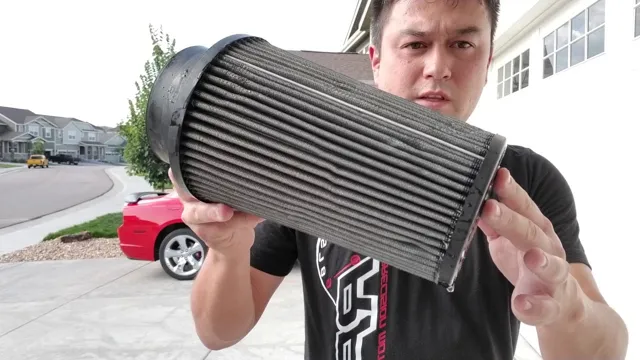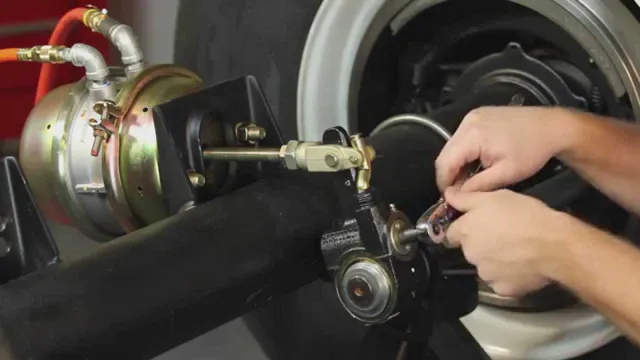How to Shut off Daytime Running Lights: Easy Solutions
Daytime running lights (DRLs) have become a standard feature in many modern vehicles. While they are designed to improve safety by increasing the visibility of vehicles during daylight hours, some drivers may prefer to have the option to turn off their DRLs. Whether it’s for personal preference or to preserve battery life, there are a few different methods to shut off daytime running lights, depending on the make and model of your vehicle.
Method 1: Consult Your Vehicle’s Manual
The first step in disabling DRLs is to consult your vehicle’s manual. The manual will often contain instructions on how to manipulate the DRL system, as well as any precautions or recommendations for doing so. It’s important to follow the manufacturer’s guidelines to ensure that you don’t inadvertently affect other systems or void your vehicle’s warranty.
Method 2: Check for a DRL Fuse or Relay
In some vehicles, the DRLs are controlled by a dedicated fuse or relay. Checking the fuse box and locating the fuse or relay for the DRL system is a potential method for deactivating them. Removing the fuse or relay associated with the DRLs can effectively shut them off. However, it’s crucial to be aware that removing a fuse or relay may affect other vehicle functions, so it’s vital to understand the potential consequences before taking this step.
Method 3: Utilize a Diagnostic Tool
For more technically inclined individuals, utilizing a diagnostic tool may provide a way to disable the DRLs. OBD (On-Board Diagnostics) tools can access a vehicle’s computer system to make various adjustments, including deactivating DRLs. It’s important to note that using a diagnostic tool should be done with caution, as making incorrect changes to the vehicle’s systems can cause malfunctions or damage.

Credit: www.latough.co
Method 4: Seek Professional Assistance
If you are uncertain about how to go about disabling your vehicle’s DRLs, or if you have attempted to do so without success, seeking professional assistance is the best course of action. Automotive technicians have the expertise and experience to safely and effectively manage the DRL system, ensuring that no other vehicle functions are compromised in the process.
Considerations and Implications
Before proceeding with any method to shut off your DRLs, there are several considerations and implications to bear in mind:
- Visibility and safety: Consider the possible impact of reduced vehicle visibility on the road and take appropriate precautions to mitigate any safety concerns.
- Local regulations: Ensure that disabling DRLs complies with the laws and regulations in your area. Some jurisdictions may have specific requirements regarding vehicle lighting.
- Battery life: While turning off the DRLs may conserve battery life, it’s important to monitor the battery and address any issues that may arise from extended periods of non-use.
Frequently Asked Questions On How To Shut Off Daytime Running Lights: Easy Solutions
How Can I Turn Off Daytime Running Lights?
To turn off daytime running lights, consult your vehicle’s manual or seek professional assistance.
Are There Any Legal Implications Of Deactivating Daytime Running Lights?
Deactivating daytime running lights may be illegal in some regions. Verify local traffic laws beforehand.
What Are The Benefits Of Deactivating Daytime Running Lights?
Deactivating daytime running lights could conserve battery power and prolong the lifespan of the lights.
Can I Deactivate Daytime Running Lights Without Affecting Other Lighting Functions?
Deactivating daytime running lights should not impact other lighting functions, but it’s best to confirm with a professional.
Conclusion
Shutting off daytime running lights is a personal choice that varies from driver to driver. Whether it’s to customize the look of a vehicle or to address specific preferences, the methods for disabling DRLs provide options for those who want to take control of this feature. It’s essential to approach the process with caution and consideration for the potential impact on safety and vehicle functionality.






